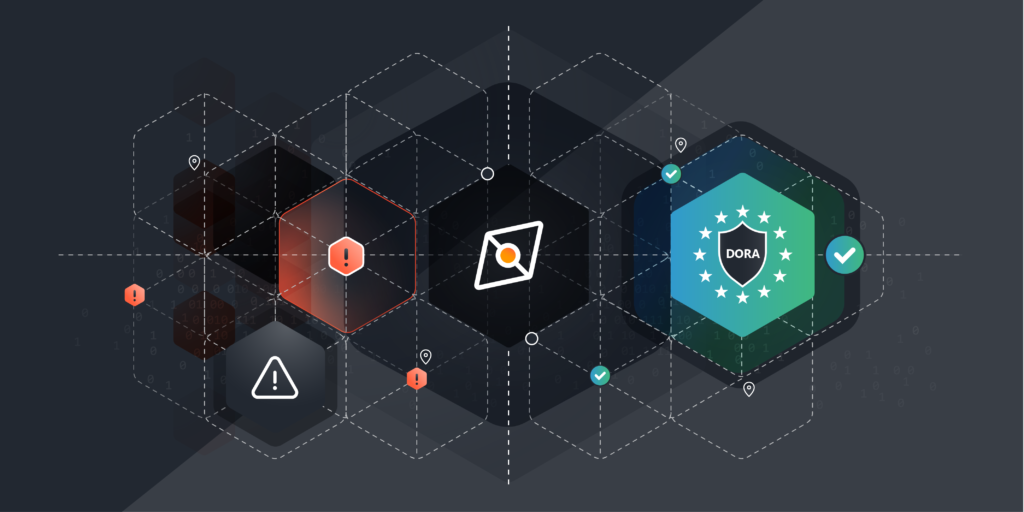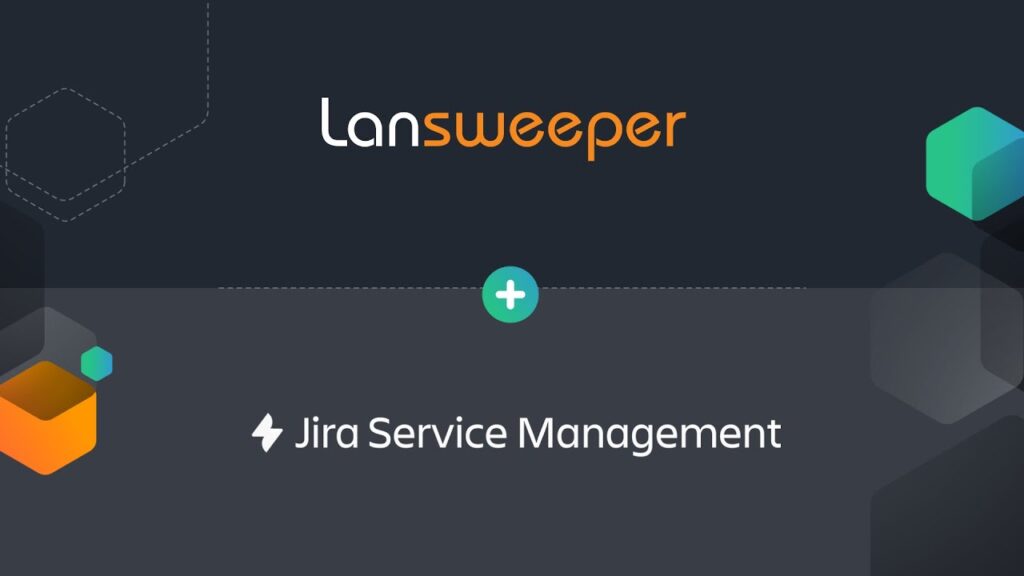
When an IT incident occurs in an organisation, the IT team has two goals:
- High-quality and accurate communications about the incident and potential impact.
- Mitigation of damage and, ultimately, rapid resolution.
Yet in every sophisticated IT organisation, and, in particular, the Service Desk staff that provides the first line of support, it’s understood that achieving those outcomes is deceptively difficult in a large, complex enterprise.
The problem most Service Desk teams, as well as some second-level and third-level support teams, face is how to ensure access to reliable information about the “blast radius” of an incident. It’s so fundamental yet historically hard to achieve. To work an incident and keep everyone who may be impacted informed, you need data, not just about the impacted resource itself, but all the up- and downstream resources and systems that will also be affected. Ideally, this information should be available from within the system being used to manage the incident in the first place – the CMDB.
A CMDB is so fundamental to the ITIL processes that depend on it (that’s pretty much all major ITIL and many many non-ITIL based processes). Simply linking an incident to a Configuration Item (CI) can make processes such as incident management (and critical incident management), problem management, release management and change management much more efficient and effective.
However, linking an incident (or other ticket/records types) to inaccurate or outdated CIs in ServiceNow is probably worse than not linking at all. As such, it all comes back to the decades-old challenge of maintaining a complete and correct CMDB that truly represents your real-world IT estate.
Once an incident is linked to an accurate, up-to-date CI — and assuming the CI includes the upstream and downstream dependent CIs – everything is easier. Service desk staff can inform others of impacted resources and systems, increasing customer satisfaction and helping the business remain operational.
Another benefit of linking incidents to up-to-date CI data is the elimination of work being completed in silos. Networking, server and storage, and engineering teams all have their own specialized tools and systems, each with limited visibility across other business-critical information. Having a single source of truth for CI data in the CMDB enables everyone to work off the same data. For this to be beneficial, that data must be accurate and up to date at all times, and enriched with granular information that improves decision-making.
CI Syncronizer and Landsweeper: Update Your CMDB Automatically
Through a seamless integration with CI Synchronizer (Enterprise Edition), powered by Syncfish, Lansweeper – the world’s leading IT asset discovery and inventory solution — can auto-populate your ServiceNow CMDB with the most accurate, up-to-date IT asset data, eliminating manual updates and errors and providing a single source of truth for your asset and CI data.
A scalable SaaS, CI Synchronizer seamlessly correlates and synchronizes Lansweeper-discovered assets, mapping more than 30 Lansweeper asset types to CMDB CI classes, out-of-the-box. It also provides more than 15 sets of CI-related lists derived from Lansweeper data and over 80 possible CI-to-CI relationships — all automatically. With complete and accurate data in your CMDB, you can proactively address vulnerabilities, quickly mitigate security risks, simplify ITIL/ITSM compliance, easily plan for updates and rollouts, and reduce waste from idle or damaged IT assets.
Be confident your CMDB is always accurate and up to date by getting started with Lansweeper today. Check our plans and pricing here.


